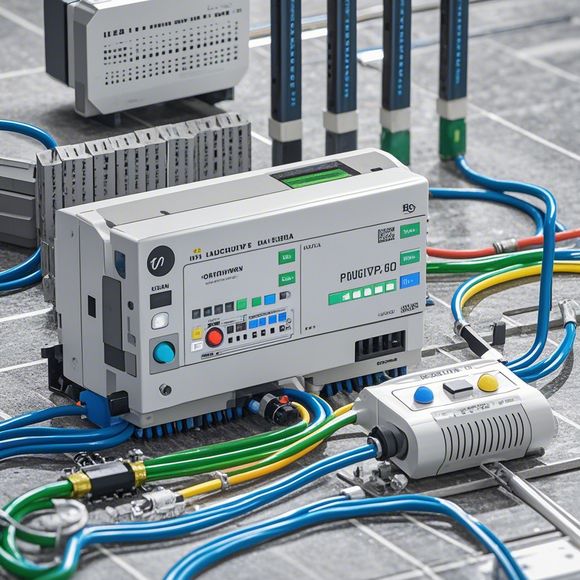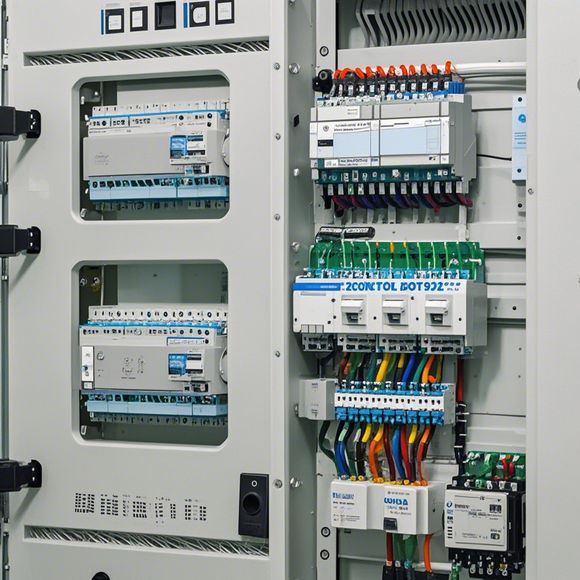What is a Programmable Logic Controller (PLC)?
A Programmable Logic Controller (PLC) is a type of electronic device that's designed to control and monitor industrial processes. It's like a small computer, but instead of being used for general computing, it's used specifically to manage the operations of industrial machinery and equipment. These controllers are often connected to various sensors and actuators, allowing them to sense changes in the environment and then send commands to the machines to make the necessary adjustments to keep things running smoothly.
Introduction:
Hey there, folks! Today I’m here to dive into one of the most fascinating yet practical topics in the world of manufacturing and automation – what exactly is a programmable logic controller (PLC). So, without further ado, let’s get started.
What is a PLC?
Before we dive deep, it's important to understand what a PLC is and how it operates. A PLC, also known as a Programmable Logic Controller, is a computerized system used in industrial settings to control various mechanical and electrical processes. It’s like your personal assistant on the factory floor that can execute complex sequences based on instructions written in code.

The beauty of a PLC lies in its flexibility and adaptability. Unlike traditional hardware-based systems, a PLC can be programmed with just about any type of programming language, making it easy to tailor for specific tasks or even customize the controller itself. This means that a single PLC can handle everything from simple lighting circuits to complex assembly lines.
How does it work?
Now, let’s talk about what actually goes on inside a PLC. When you input commands into the PLC, it interprets those commands according to the rules programmed into its software. These rules are called “programs” and they dictate how the PLC will respond to different inputs. The PLC executes these programs, controlling the flow of power and signals to the various parts of the machine.
Why is it so useful?

There are several reasons why a PLC is so valuable in modern industrial settings. Firstly, it reduces human error by allowing operators to monitor their workstations remotely while ensuring that the machinery remains running at optimal efficiency. Secondly, it enhances safety by automatically shutting down machines when necessary, preventing accidents or injuries. Finally, it improves productivity by streamlining operations and reducing downtime, leading to increased profitability.
In conclusion, a programmable logic controller (PLC) is much more than just an electronic switch. It's a sophisticated tool that has revolutionized the way we manufacture products and services today. If you're looking to take your business to the next level, investing in a high-quality PLC could be the key to unlocking new opportunities and achieving unprecedented levels of success. So why wait? Start exploring the possibilities today!
Content expansion reading:
Articles related to the knowledge points of this article:
Smart Manufacturing Solutions with PLC Integrated Machinery
PLC Controller for Manufacturing Automation
PLC Programming for Automation Control in the Manufacturing Industry
How to Use a PLC Controller for Your Business
Plumbers Rule! The Role of PLC Controllers in the World of Waterworks
PLC Controllers: A Comprehensive Guide to Understanding Their Prices